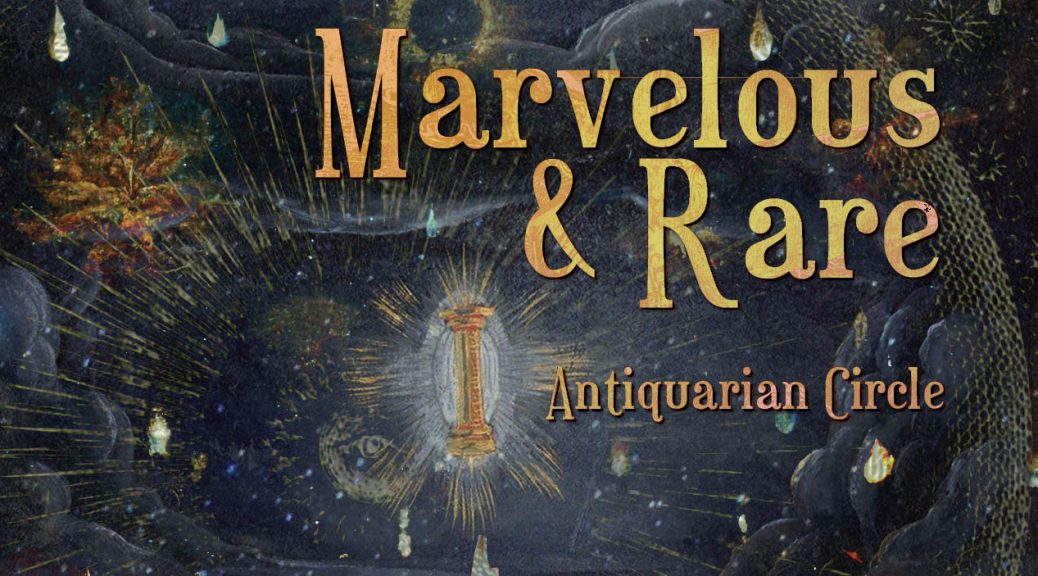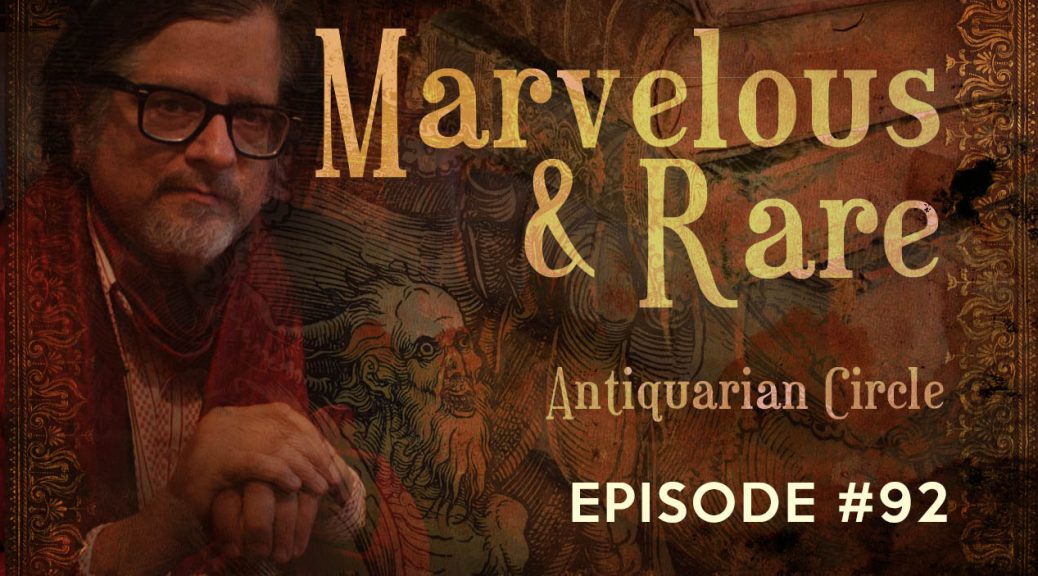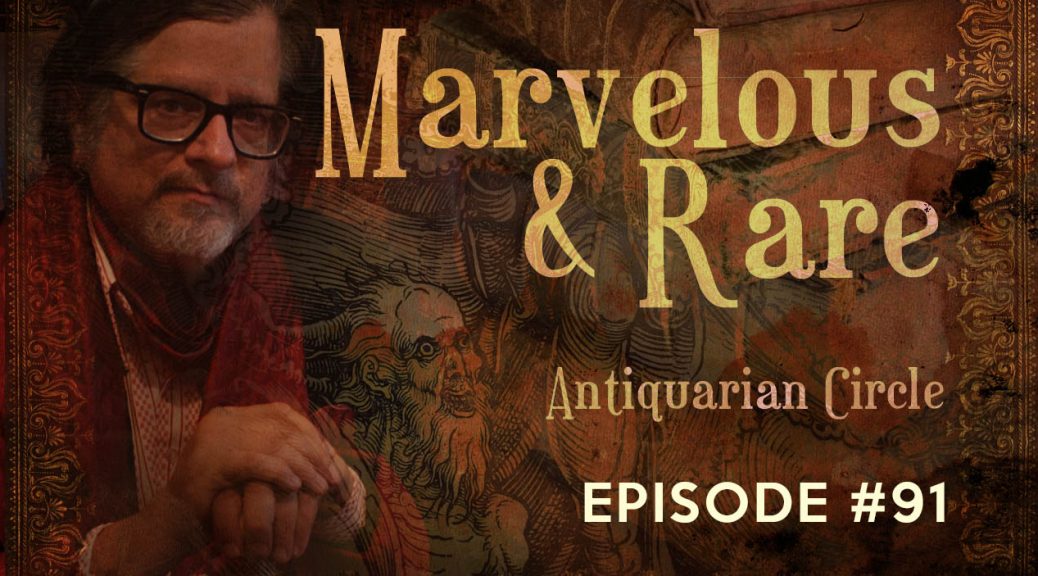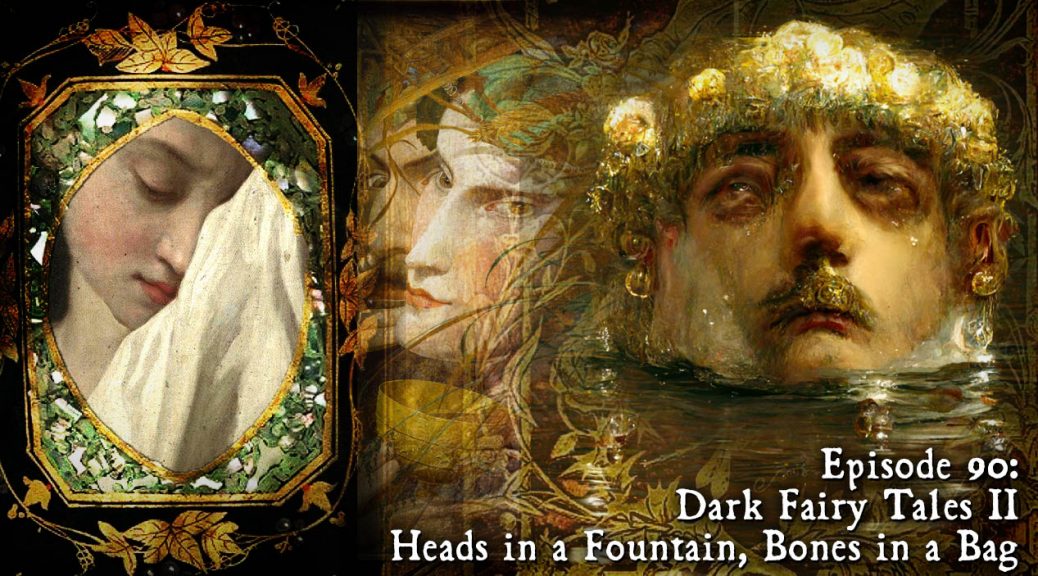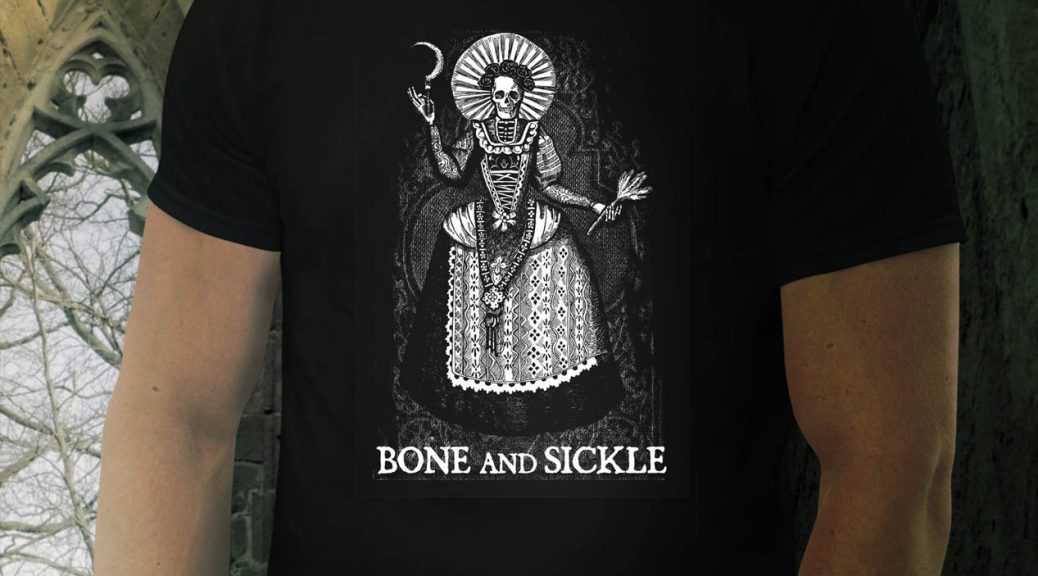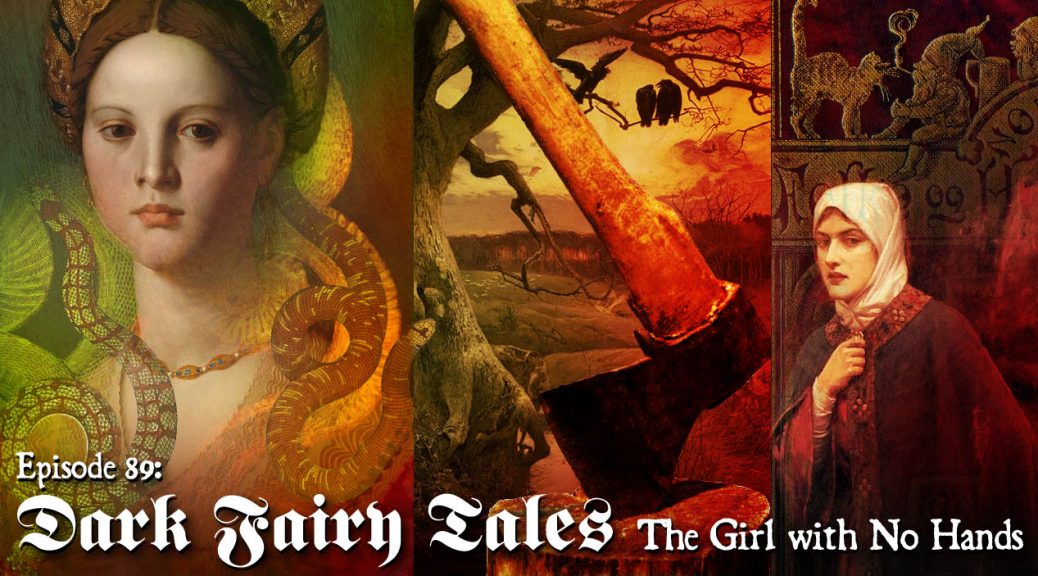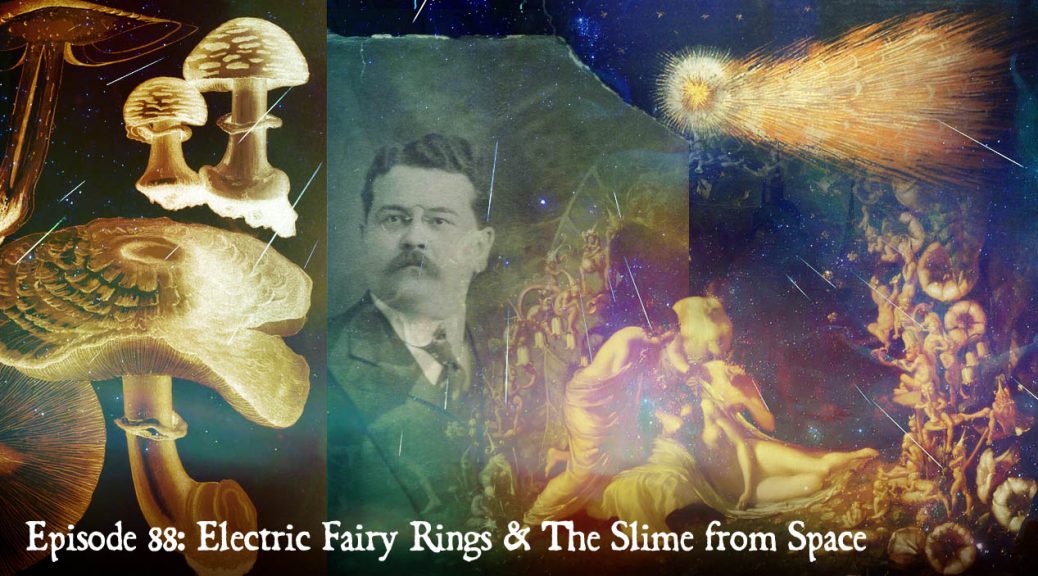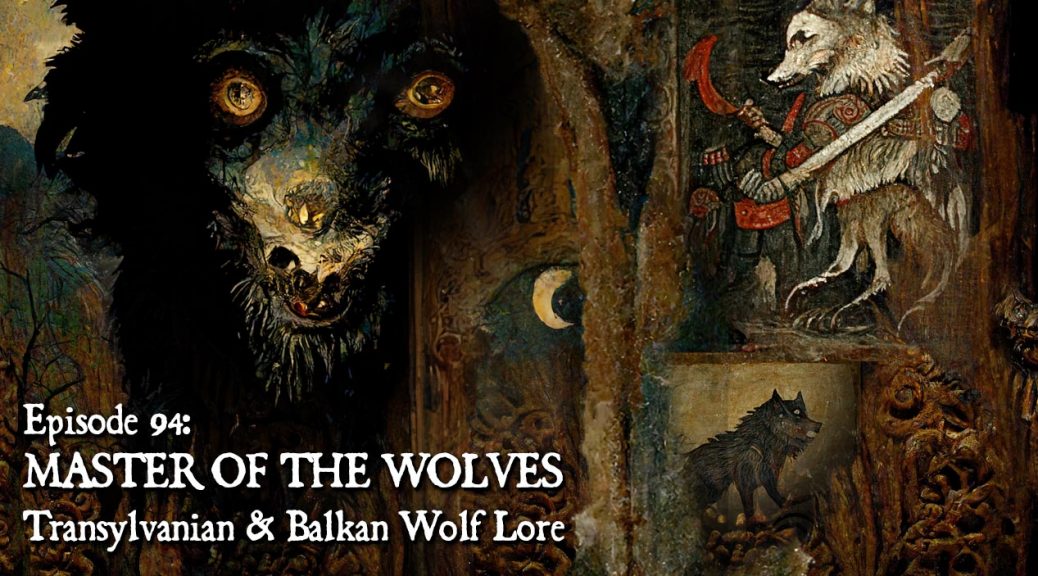
Master of the Wolves: Transylvanian and Balkan Wolf Lore
The Master of the Wolves is a supernatural figure central to Transylvania’s (modern Romania’s) voluminous body of wolf lore, a mythology that extends more broadly into Balkan regions once occupied, like Romania, by the ancient Dacians. We begin with a snippet from a contemporary recording of the 1857 poem “St. Andrew’s Night,” by the Romanian poet …
